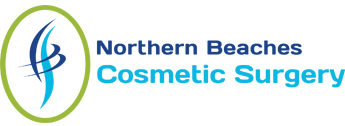Mid-Lower Face and Neck Lift
What is a mid-lower face and neck lift, and why is it done?
The mid-lower face and neck lift, which is the lower two-thirds of the facelift (mini-facelift) is often performed together with a neck lift or liposuction of the neck.
Age changes can cause an unwanted appearance in the region. A mid-lower facelift and neck lift is a surgical procedure under general anaesthetic, which can reduce loose skin and lift your cheeks and neck.
How is a mid-lower face and neck lift surgery performed?
The mid-face lift surgery takes about 3 to 4 hours and is performed under general anaesthesia or sedation in a licensed hospital operation theatre. During the surgery, some incisions are made on your temple (along the hairline), cheeks and underneath your chin. The fat pads are then repositioned to reduce the lines around your mouth and nose, and to lift the excess skin.
Your neck muscles, specifically the platysma muscle, will be stitched tightly to your deep tissues, known as the SMAS, which will also be tightened. Then, extra redundant skin will be trimmed off along your incisional skin area, and finally, the incisions will be closed with fine sutures.
What happens in the postoperative period?
Your face and neck swelling may cause the cheek pads to seem “overcorrected” at first, but they will settle into their anatomical position with healing and time. You can typically return to your regular activities about 2-4 weeks after the surgery. Your sutures will be removed in 1 to 2 weeks.
Are there any risks associated with this procedure?
Cosmetic surgical procedure is a formal risky surgical operation.
It is Not a “simple beauty treatment”
Like any other procedure, the mid-lower face has risks and complications:
Common risks and complications:
Bruising, swelling, visible scaring/keloid, pain, treatment area hard/firm/lumpy/numbness/tightness, infection, bleeding, haematoma.
Rare risks and complications:
Distortion, smile deformation, asymmetry, muscle, nerve injury.
Anaesthetic anaphylaxis reaction: rashes, difficulty breathing, cardiac arrest.

